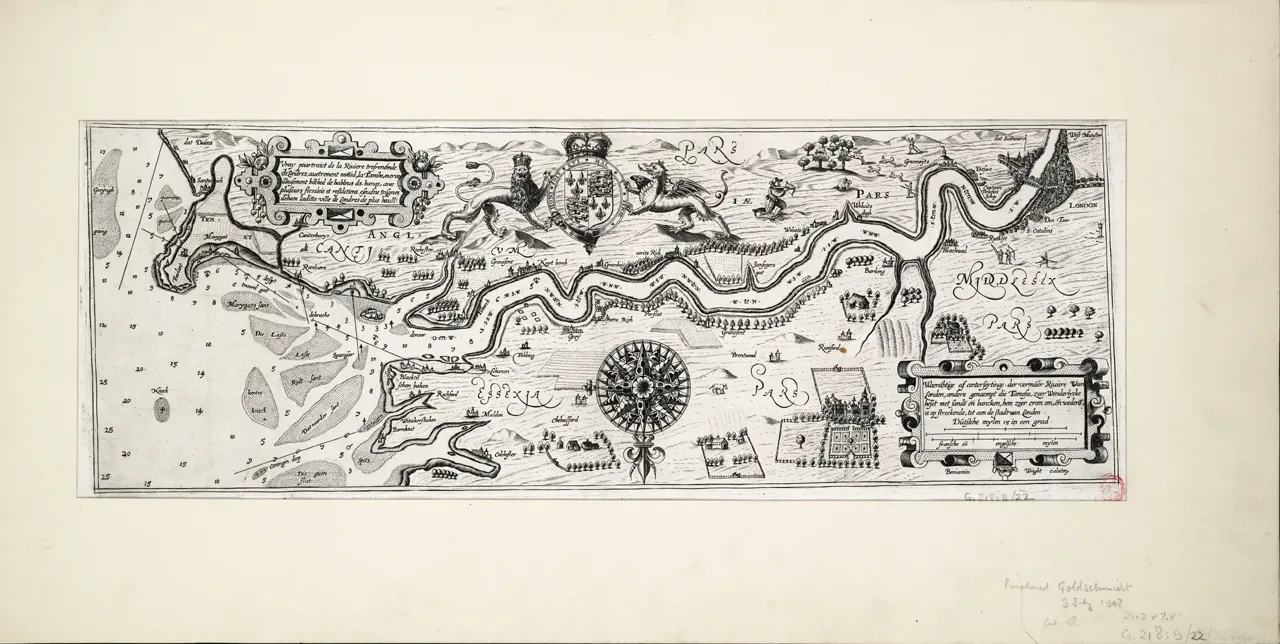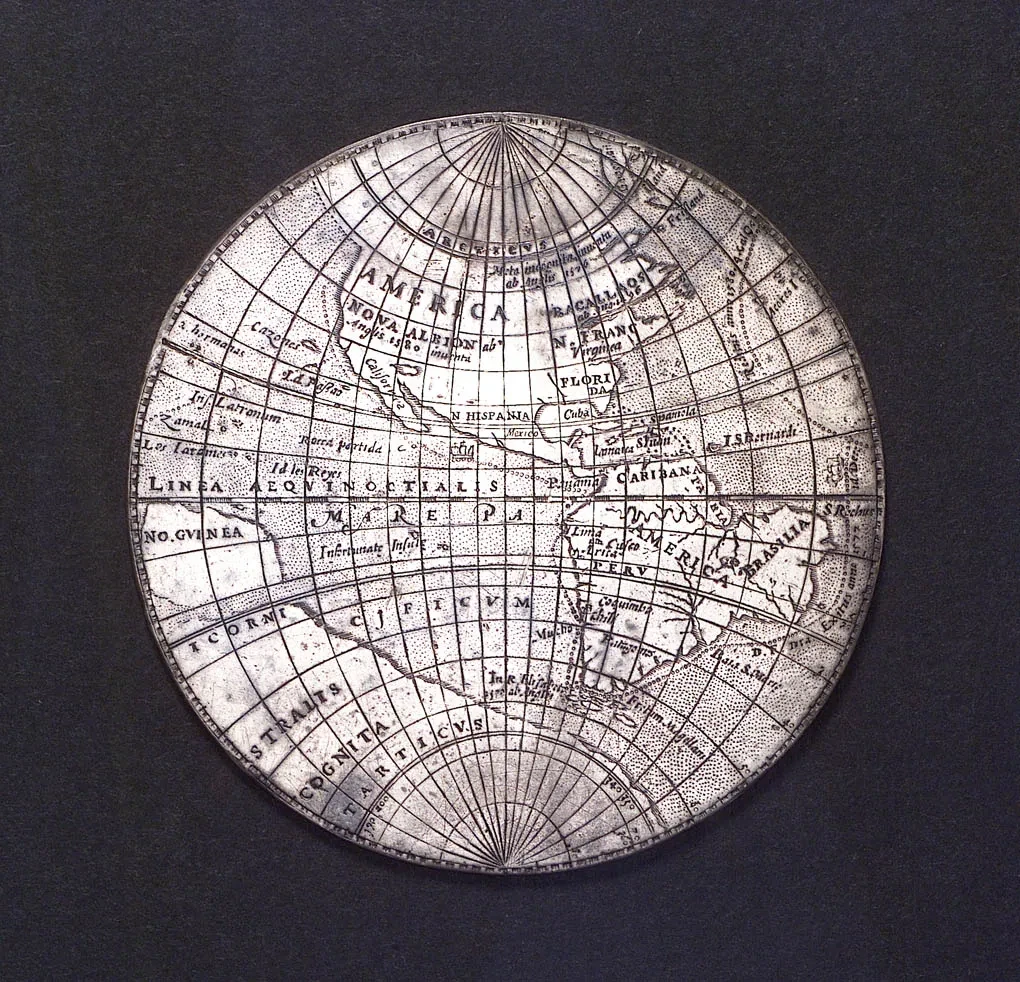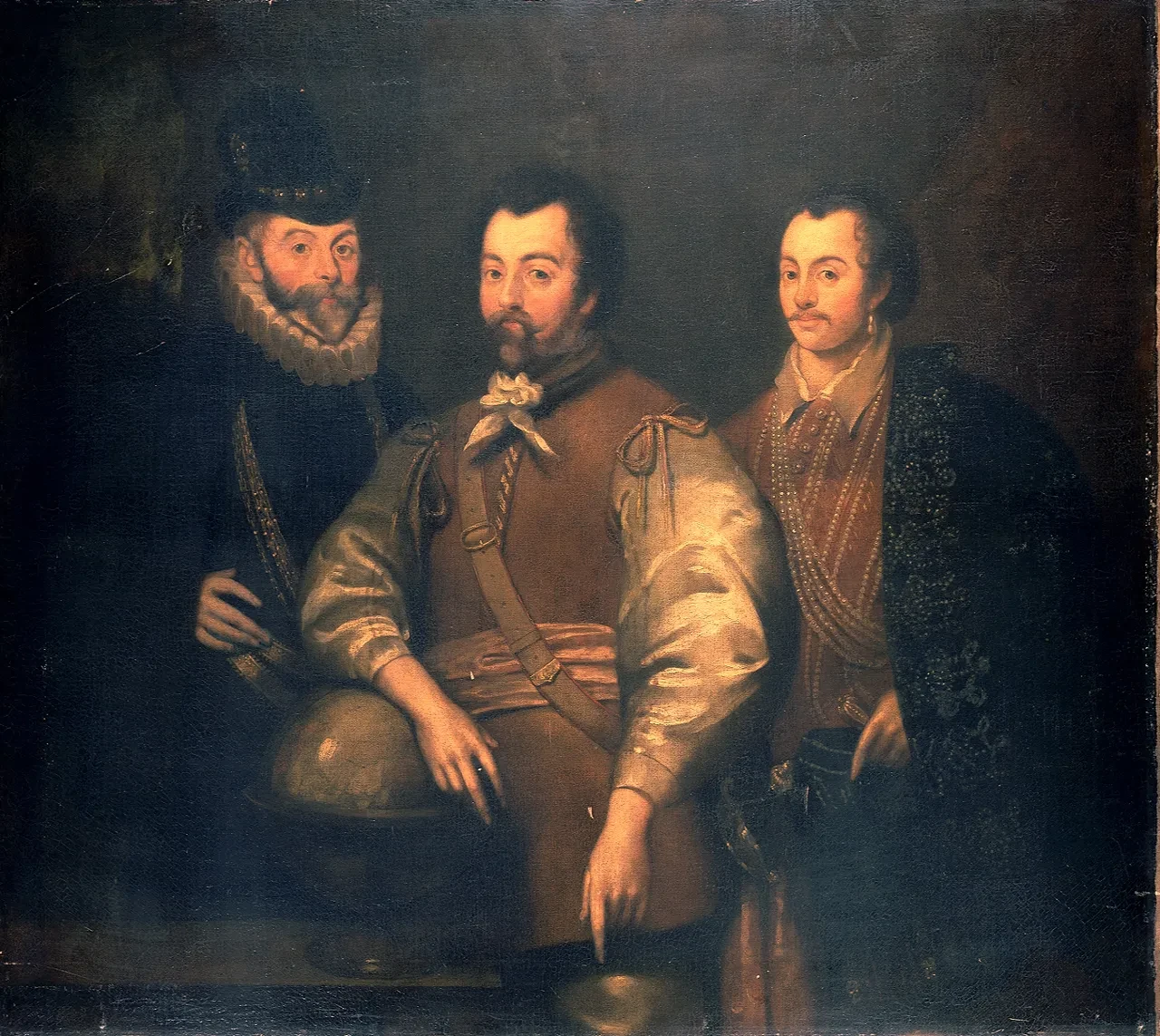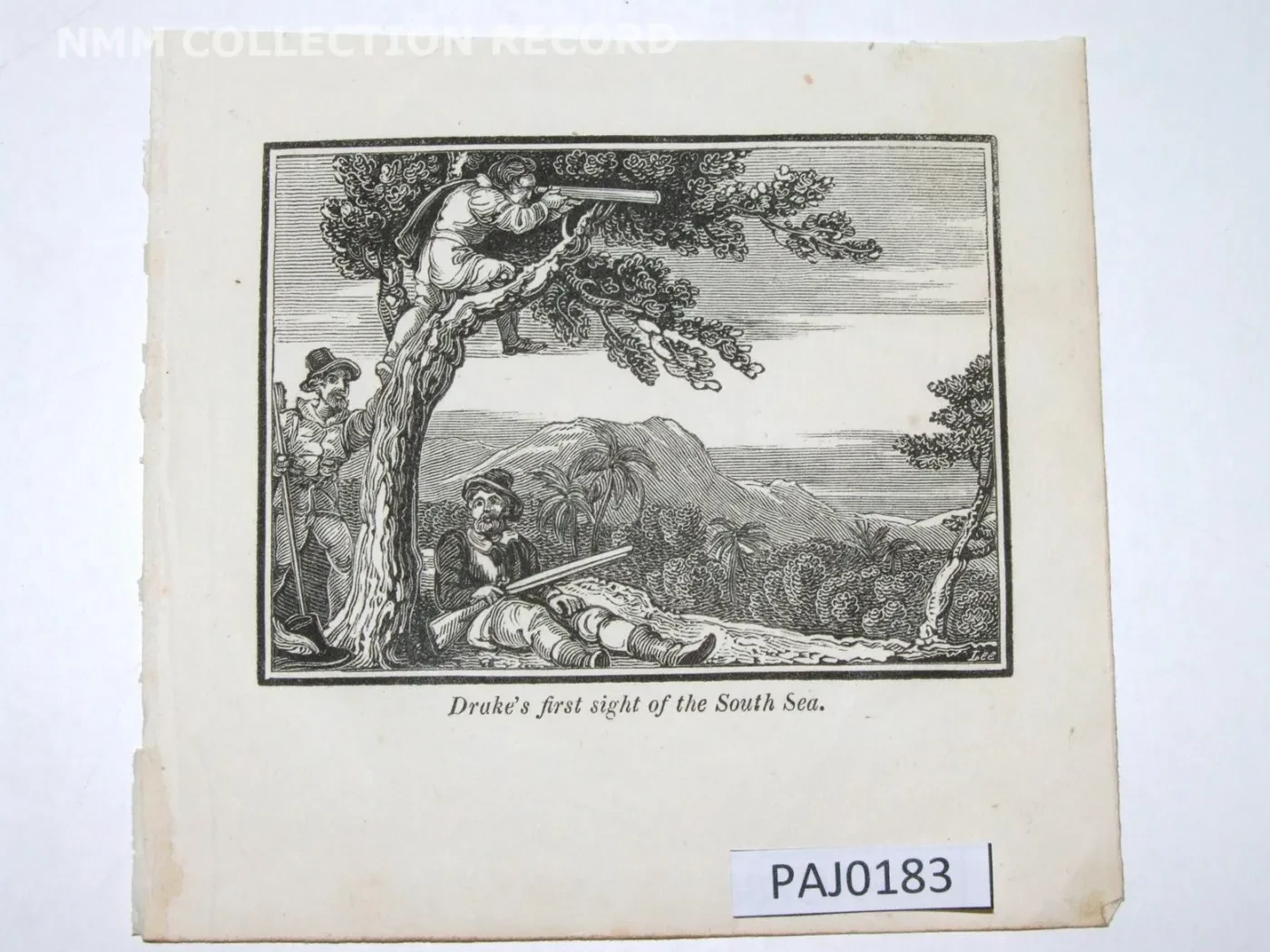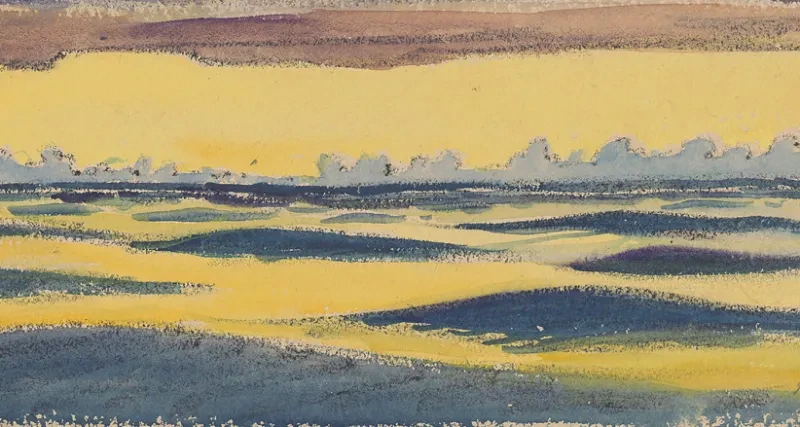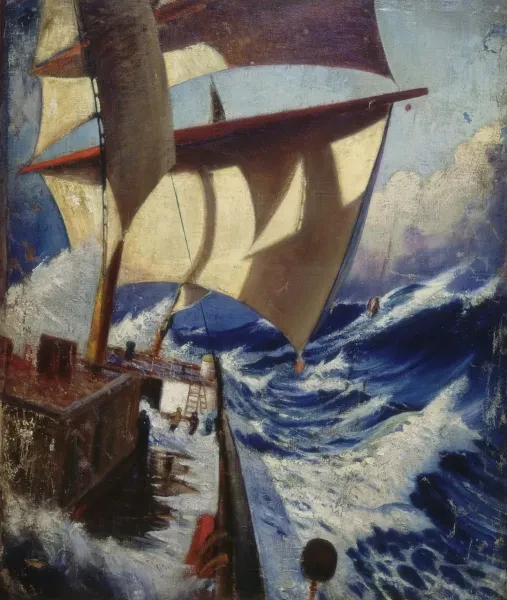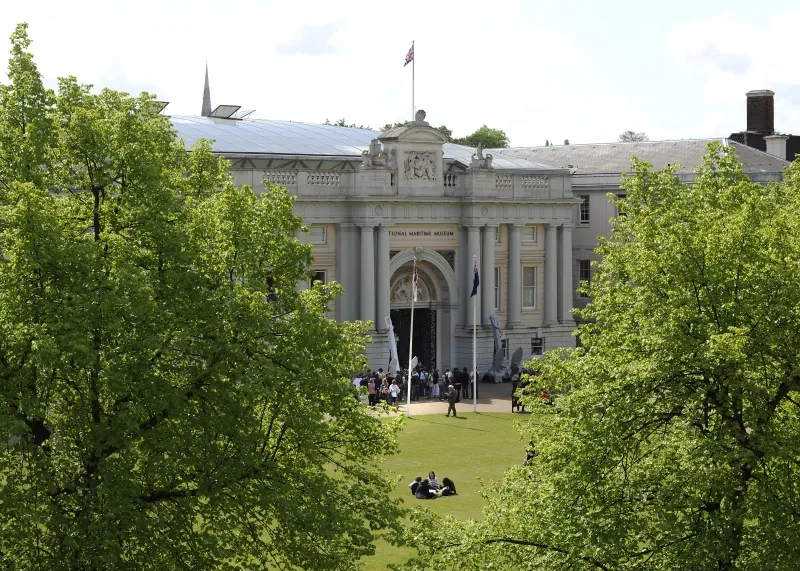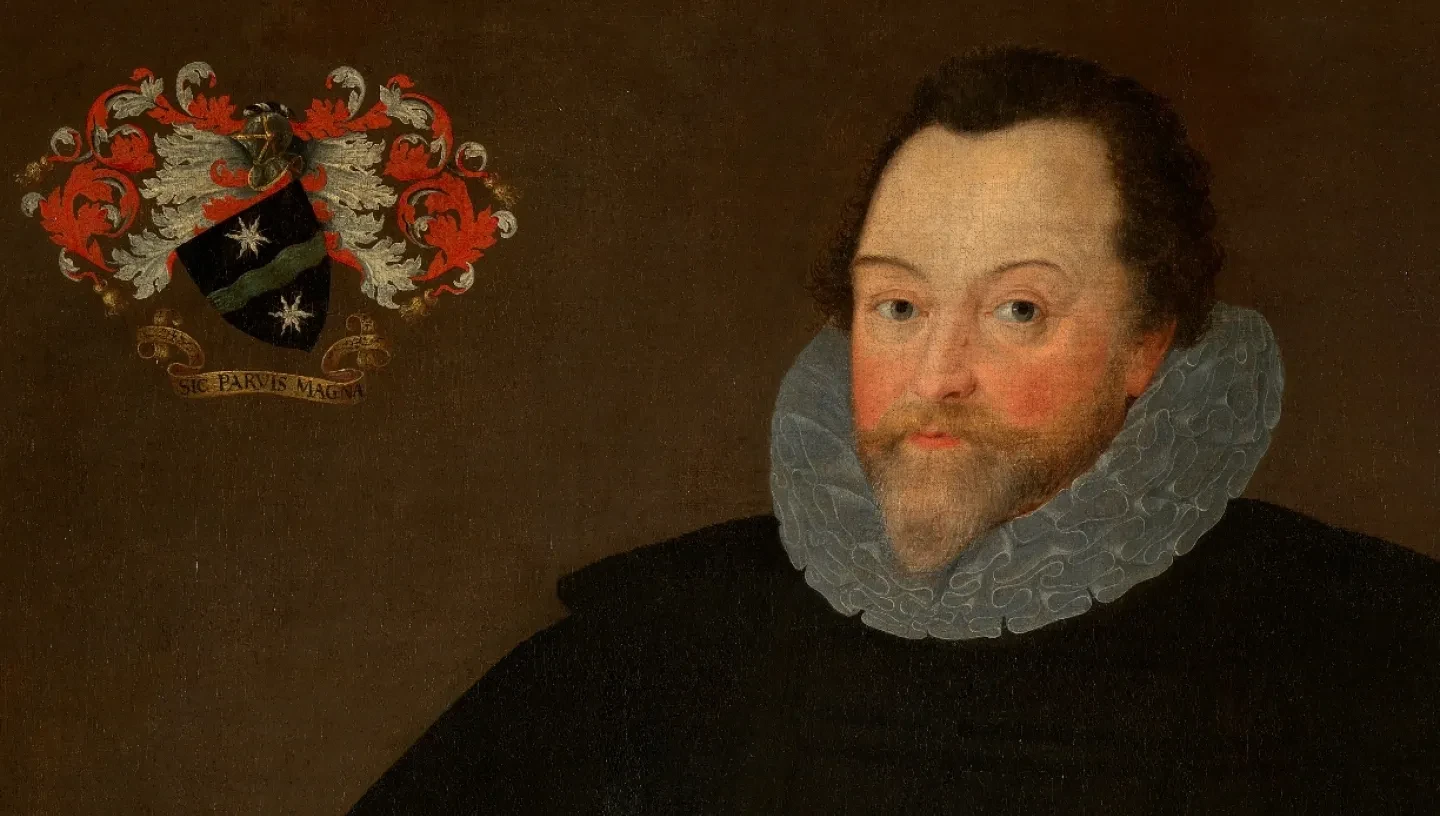
Essential information
| Key Stage | GCSE |
|---|---|
| School Subject | History |
| Resource Type |
Coursework notes
Teacher notes
|
Drake and the Americas
How significant was the Circumnavigation?
In November 1577 a small fleet of ships left Plymouth commanded by Francis Drake. Nearly three years later one ship, Golden Hind, returned. Its surviving crew had become only the second ever to complete a voyage all the way around the world.
This was a huge achievement but why was this event significant, both in Tudor England and beyond?
These resources are designed to be used in the classroom or independently by students to consider the impact and ongoing significance of Drake and the Circumnavigation.
Video Resources
What was Francis Drake's Background and what how did he end up circumnavigating the globe?
Use the three videos, created by Oxford University Press working with the National Maritime Museum learning team, to learn about Drake's background and the voyage that became his circumnavigation. The below worksheet has questions to help you consider some key issues and ideas about Drake and the significance of his voyage. It is split into three sections, one for each of the videos below.
Drake's Background
Who was Francis Drake? What was his background? Why did he set off on a voyage that ended up going round the world?
Planning the Voyage
What was the original plan and who supported Drake?
The Journey
When Golden Hind set off many of the crew thought they were going to the Mediterranean Sea. How did they end up sailing around the world and what happened on the way?
Resources
How significant was Drake's Circumnavigation?
The voyage of the Golden Hind around the world had a range of impacts, but how significant were these?
Use this collection of resource cards and the investigation table to plan an answer to this question. Find evidence of the impacts of the circumnavigation using the cards and then fill these into the appropriate areas on the table. When this is done assess how significant each of these consequences of the circumnavigation were.
This can then be used as a plan for a piece of structured writing to answer the overall question 'How significant was Francis Drake's circumnavigation voyage?'
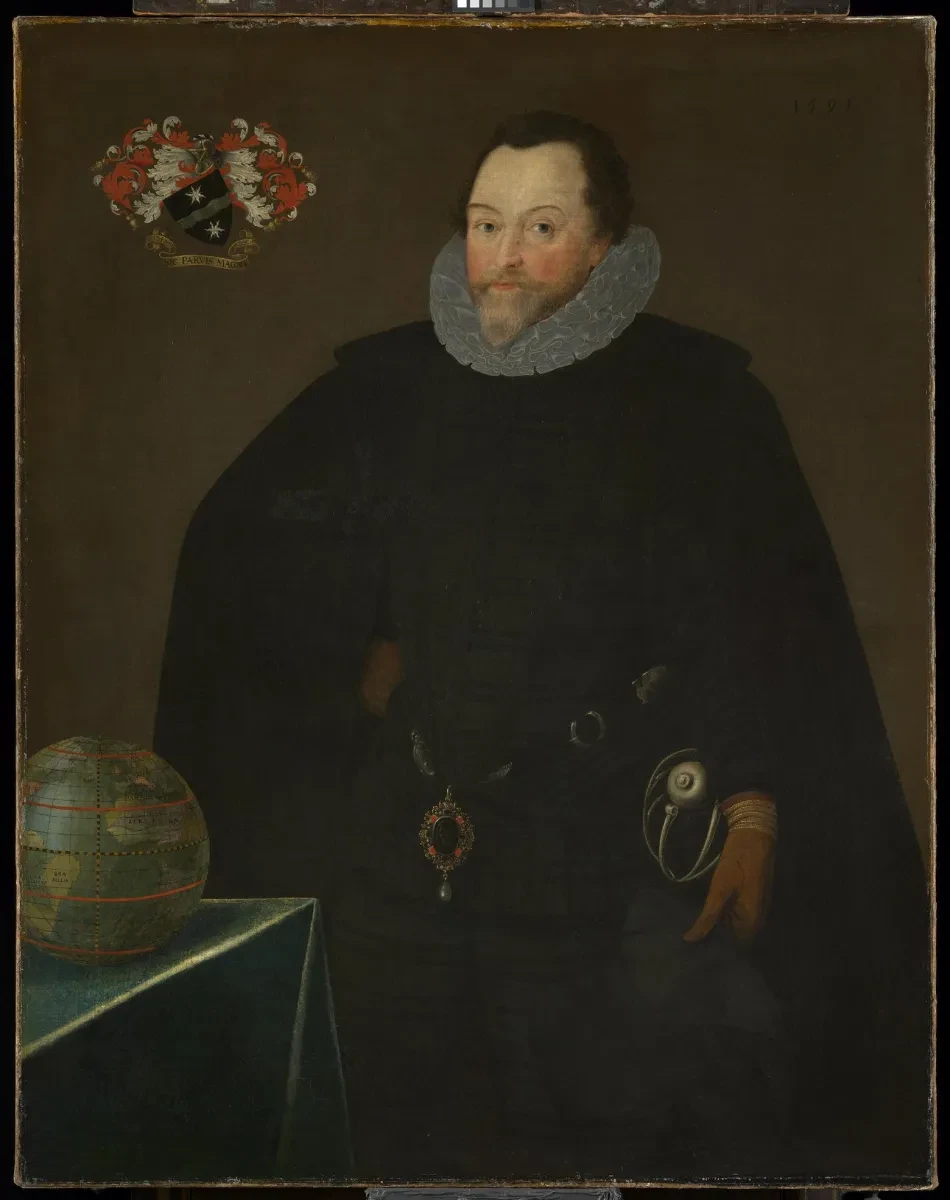
Sir Francis Drake portrait enquiry
This portrait of Sir Francis Drake was painted in 1591. Like other Tudor era portraiture it includes specific imagery and symbols designed to communicate important messages to the viewer.
What was the message that this portrait was aiming to communicate?
Use the worksheet below to investigate this imagery and then write an answer the question above.
Collections Items
These images are of objects in the Museum's collection. They can be used in lessons or used to create resources for personal use.
